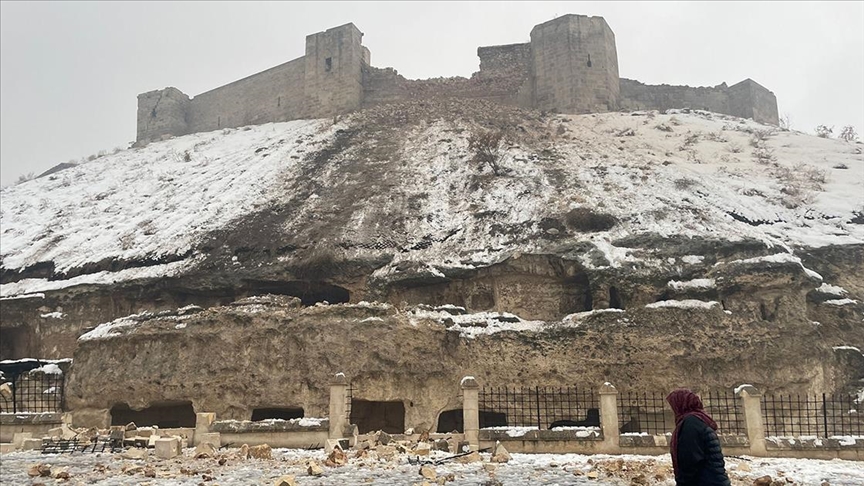
Gaziantep Castle, which was damaged in the Kahramanmaraş earthquake, is being restored
Restoration work has commenced at Gaziantep Castle, which was damaged in the earthquake centered in Kahramanmaraş with a magnitude of 6.3 that occurred in February.
The restoration works at Gaziantep Castle are being carried out under the supervision of the Directorate of Surveying and Monuments.
The hill on which Gaziantep Castle, located in the center of Gaziantep, was built, was used as an observation tower during the Hittite period. It has been under the rule of various civilizations such as the Roman, Byzantine, Arab, and Seljuk, and has been reconstructed at various times throughout history.
The circular castle has a circumference of 1200 meters. Its walls are constructed from stone blocks and it features 12 towers and bastions.
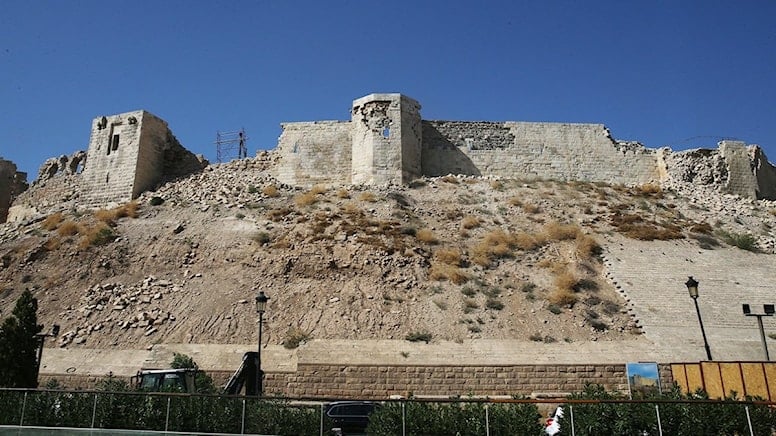
The teams involved in the restoration work of the castle, which was damaged in the Kahramanmaraş earthquake, are removing the stones scattered around the castle’s base as a result of the destruction. Stones, including inscriptions and inscribed stones, are being cataloged by the teams and preserved in the storage of the Zeugma Mosaic Museum for future use.
Gaziantep Museum Director Özgür Çomak, in his statement regarding the restoration work, said, “We have cataloged our cultural assets, especially inscriptions and inscribed stones, which are immovable cultural properties that were damaged in the earthquake, in the area of Gaziantep Castle. A scientific committee was formed by our ministry. We collaborated with the Head of the Department of Archaeology at Gaziantep University, Prof. Dr. Atilla Engin, and his team to carry out documentation work. We took precautions and placed them in the storages of Zeugma Mosaic Museum. We reported all of them to our ministry. The Directorate of Surveying and Monuments conducted the tender process, and the restoration process is ongoing.”
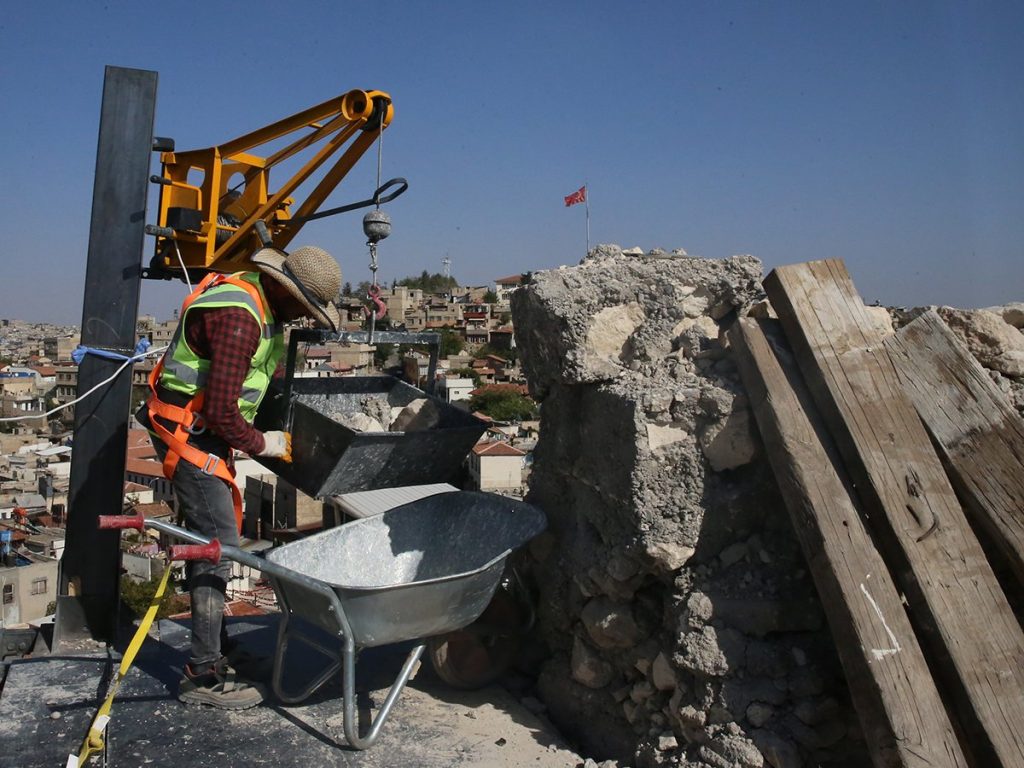
The Director of the Directorate of Surveying and Monuments, Kemal Yenmez, also stated, “We have started collecting all the stones from the base of the wall. During the process, reinforcement projects will be submitted to the committee. We have set a deadline until the first week of November 2024 for the entire process. We will refurbish the upper parts of the castle walls and restore the castle to its former state. We will remove this ruined image from Gaziantep.”
You may also like
- A 1700-year-old statue of Pan unearthed during the excavations at Polyeuktos in İstanbul
- The granary was found in the ancient city of Sebaste, founded by the first Roman emperor Augustus
- Donalar Kale Kapı Rock Tomb or Donalar Rock Tomb
- Theater emerges as works continue in ancient city of Perinthos
- Urartian King Argishti’s bronze shield revealed the name of an unknown country
- The religious center of Lycia, the ancient city of Letoon
- Who were the Luwians?
- A new study brings a fresh perspective on the Anatolian origin of the Indo-European languages
- Perhaps the oldest thermal treatment center in the world, which has been in continuous use for 2000 years -Basilica Therma Roman Bath or King’s Daughter-
- The largest synagogue of the ancient world, located in the ancient city of Sardis, is being restored

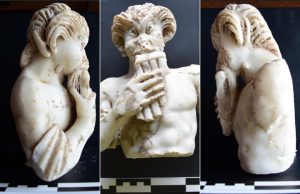
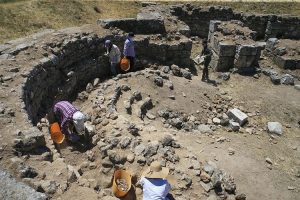
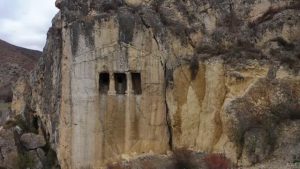
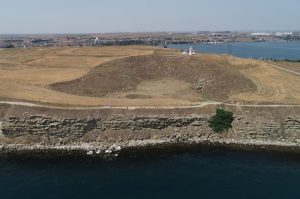
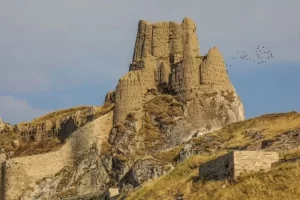
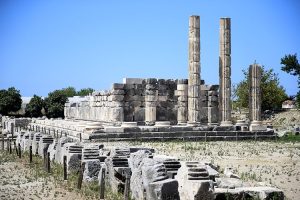


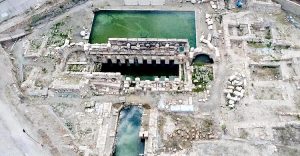
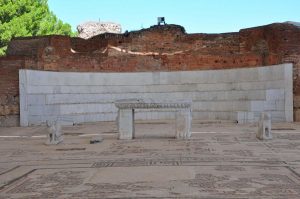
Leave a Reply